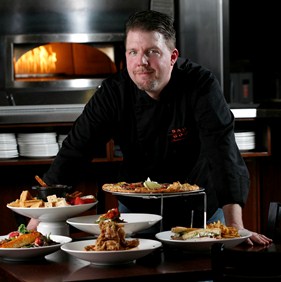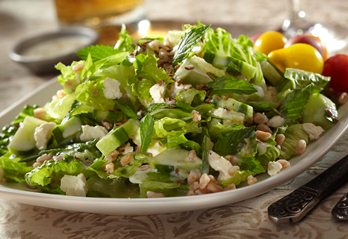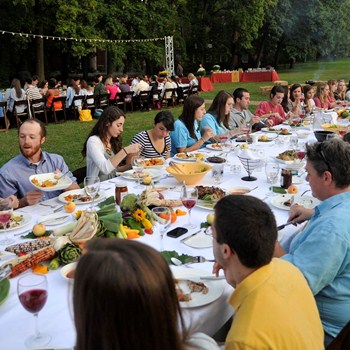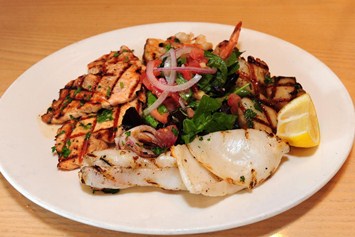
Lesson Plan: Worlds of Flavor—Spain
Monday, 30 April 2012 20:00An e-learning module focusing on one of the most important and cutting-edge culinary regions on the globe.

An e-learning module focusing on one of the most important and cutting-edge culinary regions on the globe.
 The executive chef of two-unit Saul Good Restaurant & Pub in Lexington, Ky., admits to learning a lot of hard lessons about how chefs and owners should get along, but he’s gotten a crash course in doing it the right way from founder Rob Perez. Chef Mayer shares some insights into why he believes “ours is not the typical owner-operator and chef relationship.”
The executive chef of two-unit Saul Good Restaurant & Pub in Lexington, Ky., admits to learning a lot of hard lessons about how chefs and owners should get along, but he’s gotten a crash course in doing it the right way from founder Rob Perez. Chef Mayer shares some insights into why he believes “ours is not the typical owner-operator and chef relationship.”
By Jeffrey Mayer
I’m like a lot of chefs: a culinary dreamer who has a certain philosophy about the foods I want to cook. But when I first started talking to Rob about Saul Good, I saw the opportunity to work with him as a chance to learn a hell of a lot from a successful, business-savvy guy, somebody who knows how to make a whole concept work.
 Mediterranean salads top the list when casual diners seek change.
Mediterranean salads top the list when casual diners seek change.
A Mediterranean-style salad holds the most appeal as a new flavor for diners at casual-dining restaurants, according to a Culinary Visions™ Panel study conducted by Chicago-based Olson Communications.
“When restaurants want to add new salads they should look to the Mediterranean for inspiration,” said Sharon Olson, president of Olson Communications. “We discovered a full 60% of customers are highly likely to choose that type of salad when they have ethnic salad choices that also include Latin and Asian.”
 “Artisan” on the menu used to entice diners. Not so much today. And “local” trumps “organic.” Meanwhile, overall restaurant spending is expected to grow.
“Artisan” on the menu used to entice diners. Not so much today. And “local” trumps “organic.” Meanwhile, overall restaurant spending is expected to grow.
Interest in where food comes from, as well as changes in restaurant spending, will both drive the foodservice rollercoaster in 2012, according to Mintel’s latest report.
“Overall, restaurant economic prospects for 2012 look positive,” says Eric Giandelone, foodservice director at Chicago-based Mintel. “In spite of the down economy, Mintel estimates that the U.S. restaurant industry will be worth $416.4 billion in 2012, showing that operators really have listened to consumer wants and needs and made appropriate changes.”
 If any restaurant understands olive oil, it’s one named Extra Virgin. Here, the executive chef of the Arlington, Va., eatery extols the virtues of olive oil beyond the flavor it imparts to dishes.
If any restaurant understands olive oil, it’s one named Extra Virgin. Here, the executive chef of the Arlington, Va., eatery extols the virtues of olive oil beyond the flavor it imparts to dishes.
Anytime is a good time to consider heart health. After all, cardiovascular disease is the leading cause of death in America, killing more than 600,000 people yearly, according to the Centers for Disease Control and Prevention. Even making small changes in your lifestyle and diet can add up to big results, over time. One such change that can give people a healthy benefit for the heart and beyond is to make the switch to olive oil.